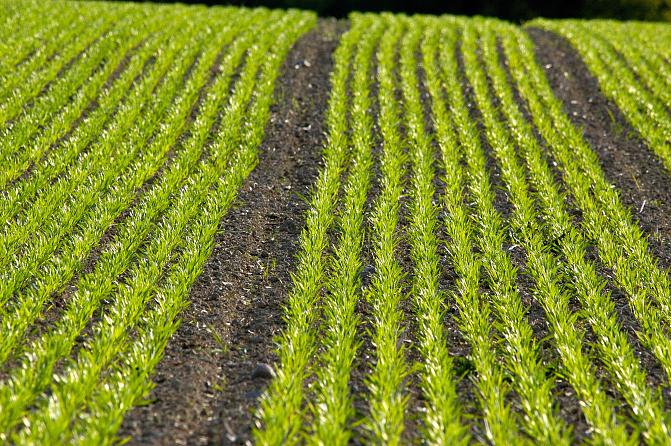
Profitability factor (organic/regular production)
On this page
Average profitability has generally decreased. In recent years, there have also been strong fluctuations in profitability, particularly in crop production, which mainly results from variation in input and product prices. In dairy and beef cattle farming, profitability has developed more conservatively.
Profitability on cereal, oil and protein crop production farms was 1.14 in 2022. It was much higher than in previous years. The profitability for other crop farms was 0.42. The profitability of pig farms decreased from 2021 to 0.47 in 2022, while poultry farms decreased to 0.32. The profitability of dairy farms increased from 0.62 to 0.93. Larger sized farms are generally more profitable than smaller ones. On average, the profitability for agriculture and horticulture was 0.91 in 2022. It was higher than in 2021.
The profitability of organic production is normally higher than that of conventional production, but in the last couple of years the profitability coefficient of organic has been lower than that of conventional production. In 2022, the profitability factor of organic production was 0.89 and that of conventional production was 0.93.
Allow functional cookies to show the embedded graph.
Data collection
Description of the indicator
The indicator represents the profitability of different production methods with regard to organic and regular production. The profitability factor which represents relative profitability is calculated by dividing entrepreneurial income by the sum of salary and interest requirements.
Indicator data is obtained from Luke's profitability accounting material.
This is one of the national impact indicators of the 2014–2020 Rural Development Programme for Mainland Finland.
The indicator will next be updated in autumn 2025.
